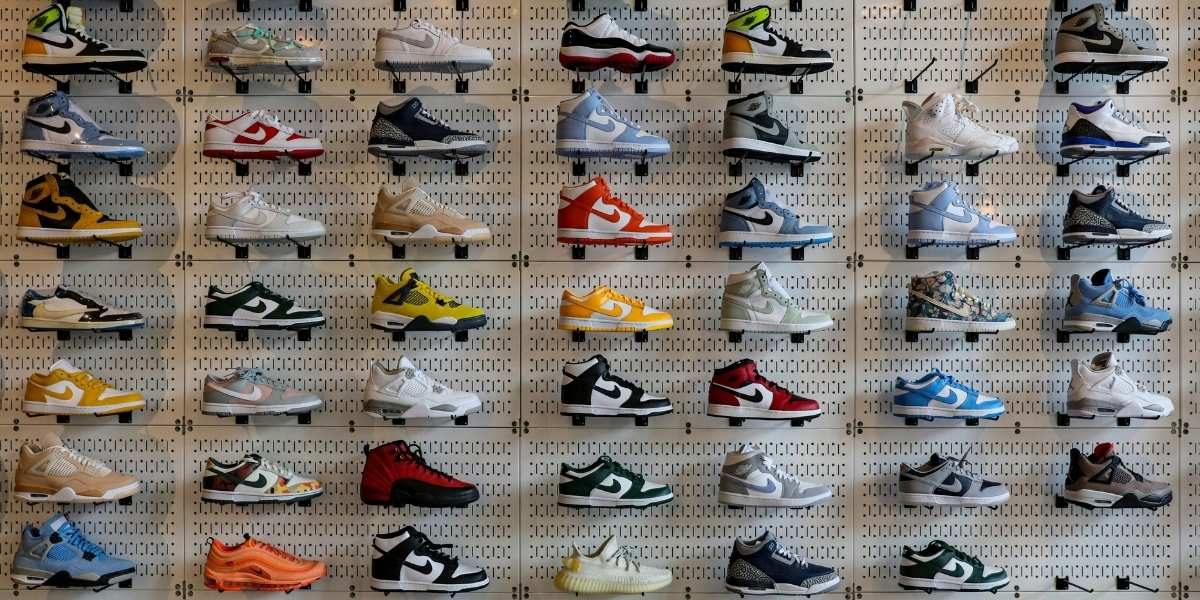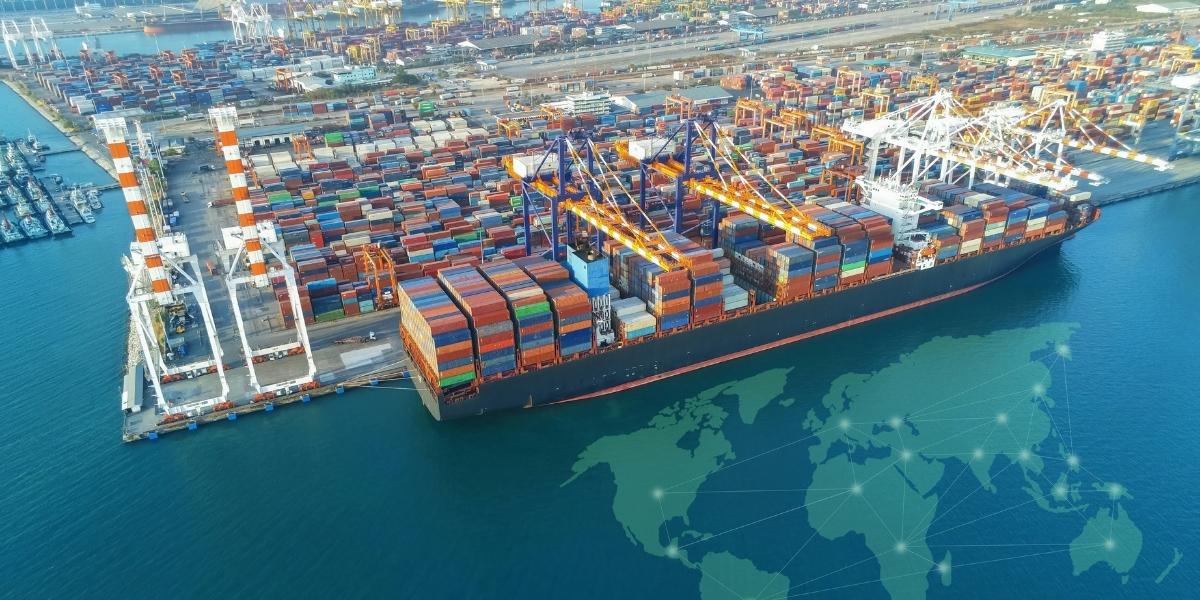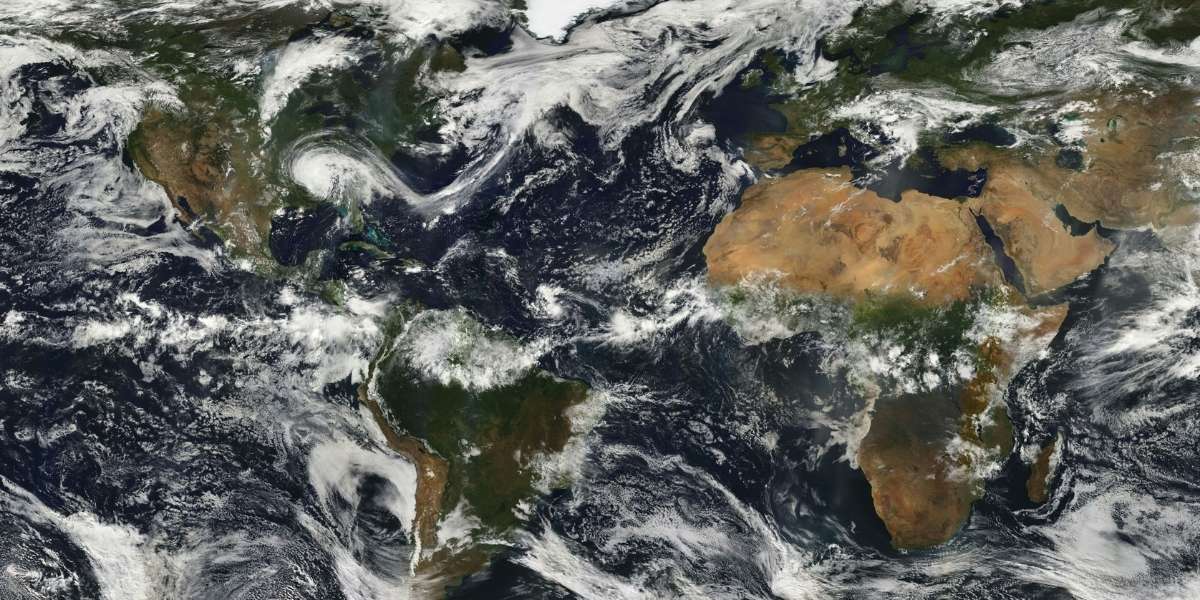Defining the Popular
Pop culture—short for “popular culture”—encompasses the prevailing trends, ideas, and expressions embraced by society at a given time. It represents the tastes and values of the mainstream, often propelled by mass media, social media, and influential figures. But what makes something “popular”? How does a trend or idea gain widespread appeal?
The creation of popular culture involves a complex interplay between several factors. The role of mass media and social media is pivotal, as they serve as platforms for disseminating ideas to the masses. Social media influencers, celebrities, and cultural gatekeepers further amplify trends by making them visible and relatable. These figures often hold the power to shape public opinion, promoting specific ideas, products, or behaviors that eventually become mainstream.
Read Also: Mastering Self-Discipline for Lasting Success: How Can You Build Consistency?
Ultimately, the evolution of what is deemed “popular” is influenced by a combination of media saturation, the emergence of viral trends, and cultural shifts. What is popular today may be out of favor tomorrow, as the landscape of pop culture is constantly changing.
The Diverse Forms of Pop Culture
Pop culture is not a single entity but rather a multifaceted spectrum that spans numerous categories. From music to fashion, from film to social media memes, each form of pop culture has its unique characteristics and influence. Let’s dive deeper into these diverse elements that collectively define the pop culture landscape.
Music
Music has long been one of the most influential forms of pop culture. Artists and genres come and go, but music remains a key expression of cultural identity. Today, genres like hip hop, K-pop, indie, and electronic dance music (EDM) dominate the charts. The influence of music extends far beyond the stage, shaping social movements, fashion trends, and youth culture. Artists like Beyoncé, BTS, and Billie Eilish are not just musicians but also cultural icons, influencing everything from politics to social justice.
Film and Television
Film and television continue to be at the forefront of pop culture, with blockbuster movies and viral TV series shaping conversations and public opinion. The rise of streaming platforms like Netflix, Disney+, and HBO Max has fundamentally changed how we consume content. Streaming has made binge-watching a norm, with entire seasons of shows released at once, allowing for a more immersive viewing experience.
Movies and TV shows have the power to shape societal values and offer commentary on contemporary issues. Marvel movies, for example, are not only cinematic spectacles but also vehicles for exploring themes like heroism, diversity, and the nature of power.
Fashion
Fashion is a key marker of pop culture, evolving with each generation. The fashion industry constantly reinterprets past trends, bringing vintage styles back into the spotlight while simultaneously pushing forward new looks. Influential designers, celebrities, and influencers dictate what’s “in” and what’s “out,” while social media platforms like Instagram and TikTok have become primary sources for discovering new fashion trends.
Fashion also serves as a reflection of societal values, often signifying rebellion, conformity, or individualism. The rise of sustainable fashion and ethical consumerism illustrates how fashion is increasingly linked to larger social movements and environmental consciousness.
Literature
Though it may not always receive as much mainstream attention as other forms of pop culture, literature remains a vital part of the zeitgeist. Best-selling books and young adult (YA) series like Harry Potter, The Hunger Games, and Twilight often drive cultural conversations. In recent years, books that address social justice, mental health, and identity—such as “The Hate U Give” and “Becoming”—have become powerful tools for raising awareness and starting dialogues on important issues.
Social Media Trends and Memes
Perhaps the most dynamic form of pop culture is found on social media. Platforms like TikTok, Instagram, and Twitter are breeding grounds for viral trends, challenges, and memes. These internet phenomena spread rapidly, creating shared cultural experiences that are often temporary but powerful. Memes, in particular, have become the modern currency of humor, satire, and social commentary, evolving almost in real time.
Pop Culture as a Reflection of Society
Pop culture does not exist in a vacuum; it mirrors the social, political, and economic climate of its time. By examining the content of popular films, music, and social media, we can gain insight into the anxieties, aspirations, and evolving norms of society.
For example, the rise of social justice movements, such as Black Lives Matter, has had a profound impact on pop culture, with artists, celebrities, and filmmakers incorporating themes of equality and activism into their work. Similarly, the ongoing dialogue surrounding climate change and gender equality is reflected in both mainstream media and alternative forms of expression.
Pop culture also serves as a barometer of change, marking the shift in collective attitudes towards issues like race, gender, and sexuality. As these issues gain more visibility, they influence not only the entertainment industry but also consumer behavior and political discourse.
Pop Culture as a Shaper of Society
Beyond merely reflecting society, pop culture actively shapes it. It can influence attitudes, behaviors, and even political decisions. The power of pop culture to shape society is evident in its ability to bring issues to the forefront of public consciousness. For instance, movies like “The Social Network” or TV series like “Black Mirror” have prompted discussions about the impact of technology on our lives, the ethics of social media, and the role of corporations in shaping societal values.
Celebrities and influencers play a crucial role in this dynamic. Figures like Greta Thunberg or Oprah Winfrey use their platforms not just to promote their brands but to advocate for global change, inspiring millions to take action on issues such as climate change and mental health. Pop culture serves as a cultural vehicle for social and political movements, making it a powerful tool for change.
The Role of Technology
Technology has played an essential role in the creation, dissemination, and consumption of pop culture. The rise of streaming services, social media platforms, and digital content creation has made pop culture more accessible than ever before, democratizing the way trends are created and shared. Today, anyone with a smartphone and an internet connection can contribute to or start a viral trend.
Streaming platforms have revolutionized the entertainment industry, changing the way we watch television and movies. Meanwhile, TikTok has become the birthplace of viral songs, dances, and memes, influencing music charts, fashion, and even political movements.
Subcultures and Countercultures
While mainstream pop culture garners the most attention, it is also crucial to consider the role of subcultures and countercultures. These groups often exist in opposition to or as an alternative to dominant trends. Subcultures like punk, goth, and hip-hop have had a significant impact on fashion, music, and attitudes, challenging societal norms and offering alternative forms of self-expression.
Similarly, countercultures can challenge and subvert mainstream pop culture by promoting anti-establishment ideas or embracing values outside of the norm. These movements often push society toward change, questioning cultural standards and paving the way for new trends.
The Business of Pop Culture
Pop culture is not just about creativity; it is also a multi-billion-dollar industry. The entertainment, fashion, and advertising sectors all capitalize on the appeal of popular trends, using them to sell products, experiences, and services. Companies invest in celebrities, influencers, and trends, creating marketing strategies that align with the latest cultural movements.
The success of a pop culture product often hinges on branding and audience engagement. Whether through viral marketing, brand partnerships, or social media campaigns, the business of pop culture is an essential driver of consumerism in the modern world.
The Global Reach of Pop Culture
The influence of pop culture extends far beyond national borders, with global connectivity enabling the rapid spread of trends, music, and media across the world. The rise of K-pop, for example, has seen Korean culture infiltrate mainstream pop culture globally, creating a global fanbase and influencing everything from fashion to language.
As the world becomes more interconnected, global pop culture will continue to shape and be shaped by diverse cultures, ideas, and trends. The exchange of cultural products between countries is not just a trend but an ongoing dialogue that influences the future of pop culture on the global stage.
Read Also: Transform Your Humble Home Into a Cozy Retreat
Pop culture is a dynamic, powerful force that reflects and shapes the world we live in. As it evolves, it continues to influence everything from politics to personal identity, social movements, and global trends. Understanding pop culture requires an awareness of its multifaceted nature—its history, its impact, and the forces driving its transformation.
By recognizing the ways in which pop culture reflects societal shifts, we can better understand the role it plays in both shaping and responding to the world around us. From music and fashion to technology and subcultures, pop culture is a mirror and a catalyst for change, making it an essential element of modern life.








